PHOENIX - Several clean energy proposals are currently pending before the Arizona Corporation Commission. After several months, the Commission has received an independent analysis of at least two of these proposals: 100 percent zero-emission energy by 2050 and 80 percent clean energy by 2050.
According to an independent analysis filed on Wednesday, August 11, 2021, the average bill impact to residential customers will vary in each of the years leading up to 2050, depending on the utility and the amount of emission reductions that each utility achieves within that time.
First five years in the pursuit of clean energy
For APS customers, the typical residential bill in the first five years of achieving cleaner energy is expected to be between $3.75 and $4.58 more per month (on average) than the amount the bill otherwise would have been, had the company not pursued clean energy.
For TEP customers, the typical residential bill in the first five years of achieving cleaner energy is expected to be between $0.00 and $0.21 more per month (on average) than the amount the bill otherwise would have been, had the company not pursued clean energy.
Expected cost by 2035
50% Clean x 2035
If utilities are successful at reducing the carbon dioxide emissions associated with their energy production by 50 percent by 2035, then the typical residential bill for APS customers in that year is expected to be between $18.41 and $18.84 more per month (on average) than the amount the bill otherwise would have been in 2035, had the company not achieved 50 percent carbon reduction by 2035. For TEP customers, the amount is expected to be between $0.07 and $12.40 per month (on average).
These amounts are higher in-part due to inflation of 2.5 percent, which is included in the independent consultant’s calculation.
Expected cost by 2050
After 2035, customers may want utilities to continue reducing the greenhouse gas emissions associated with their power production. If so, the Commission may require utilities to achieve either 80 percent clean energy by 2050 or 100 percent clean energy by 2050.
80% Clean x 2050
If utilities achieve 80 percent clean energy by 2050, then the typical residential bill for APS customers in the year 2050 is expected to be between $24.94 and $29.93 more per month (on average) than the amount the bill otherwise would have been in that year, had the company not achieved 80 percent carbon reduction by 2050. For TEP customers, the amount is expected to be between $1.56 and $40.33 per month (on average).
100% Clean x 2050
If utilities achieve 100 percent zero-emission energy by 2050, then the typical residential bill for APS customers in the year 2050 is expected to be between $59.12 and $62.66 more per month (on average) than the amount the bill otherwise would have been in that year, had the company not achieved 100 percent carbon reduction by 2050. For TEP customers, the amount is expected to be between $15.61 and $58.23 per month (on average).
These amounts also account for inflation of 2.5 percent, which was included in the independent consultant’s evaluation. According to the independent consultant, “In 2050 dollars, $60 is equivalent to about $30 in today’s dollars.”
Factors and Findings
The overall cost per customer between now and 2050 will depend on several factors.
One factor is the financial health of each utility and the credit rating and cost of capital at the time when each utility goes out to buy new energy resources.
Another factor is the pace of technological advancement and speed at which new clean energy technologies such as hydrogen, nuclear, and batteries can enter the market in a reliable and cost-effective manner.
Other factors include the specific utility a customer receives service from, the specific rate plans a customer enrolls in, such as time-of-use rates or demand charges, and the specific energy strategies the customer utilizes, such as smart thermostats to save energy on heating and cooling or electric vehicles to charge during the day when solar energy is most abundant.
The better these circumstances are for Arizona’s customers, the lower the cost to Arizona’s families and small businesses will be in the next 15 to 30 years in order to achieve clean energy.
Economic Benefits and Statewide Return on Investment
Studies conducted by third parties outside of the Commission have stated that Arizonans would receive a net benefit of approximately $2 billion by adopting the Commission’s current proposal for 100 percent clean energy.
According to these studies, the economic benefits of achieving a zero-emission energy mix would come in the form of additional jobs, higher wages, new business enterprises and technological innovation, and increased state and local revenues for public goods and services such as schools and roads.
It would also come in the form of direct capital investments to Arizona’s economy and future savings on energy bills due to long-term reductions in the cost of fuels.
The societal benefits include cleaner air and water for Arizona, reduced water consumption and pollution, and improved overall health and environmental quality for the state.
Background
The Arizona Corporation Commission is the state agency tasked with setting monthly rates and regulating for-profit electric utilities in Arizona. It is composed of five commissioners, which are elected statewide and serve on four-year terms.
Over the last several years, multiple commissioners have asked the Commission to conduct studies on the cost impacts of various energy policies that have been proposed.
Lobbyists and out-of-state special interests that have had varying financial and political motivations for advancing the clean energy proposals, however, have consistently opposed the commissioners’ requests and have demanded the Commission adopt the proposals “as is” and “without delay.” This has caused the opposite effect and needlessly delayed the final adoption of a clean energy proposal in May 2021, almost derailing the proposal entirely.
Arizona Corporation Commission Chairwoman Lea Márquez Peterson has supported 100 percent clean energy by 2050 as an overarching goal for regulated utilities. But she has consistently requested a detailed cost-benefit analysis be conducted prior to taking any final vote. She has been asking for an independent cost analysis that would tell Arizona families exactly how much the Commission’s new clean energy objectives would cost them, if the Commission were to adopt those objectives as “mandates”, which would require the utilities to build or acquire the clean energy infrastructure needed to deliver on the “mandate”, regardless of the cost to consumers.
At various times in the process, other economic benefit analyses have been conducted, but they were not independent. They were conducted by paid lobbyists who have had a financial interest in the outcome of the Commission’s proposals.
After consistent advocacy by Chairwoman Márquez Peterson, a majority of the Commission voted to hire a third-party consultant in April 2021 and conduct the independent analysis that had long been requested. The third-party consultant’s analysis has been underway since May 2021 and was finally completed and made available to the public on August 11, 2021.
“Although it took the Commission nearly a year longer than necessary to complete the detailed cost analysis that I had requested, I’m happy we finally have the cost information today to inform the public as to the cost of transitioning to clean energy in Arizona,” said Chairwoman Márquez Peterson.
“I could not in good conscience support mandates that were not supported by cost data,” said Chairwoman Márquez Peterson. “Without proper oversight, adopting mandates without knowing the cost impacts to consumers would be like handing utilities a blank check.”
“Now that we have the cost information we’ve requested, we can discuss the pros and cons of the proposed clean energy objectives openly and transparently and let customers guide our decision on whether to adopt the proposed rules,” said Chairwoman Márquez Peterson.
Public Input and Feedback
Arizona Corporation Commission Chairwoman Lea Márquez Peterson wants to hear customers’ opinion regarding the costs and benefits of moving forward with a zero-emission proposal.
On August 18, 2021, Chairwoman Márquez Peterson will be inviting her fellow commissioners to join her in hosting a series of hybrid (virtual and in-person) town halls and public comment sessions, to be scheduled this Fall to hear customers’ opinions regarding the estimated costs and benefits.
In addition, the Chairwoman will be asking each of the state’s largest for-profit electric utilities (APS, TEP, and UNSE) to conduct system-wide surveys of their customers to gather feedback regarding the estimated cost impacts and benefits to them.
The town halls and public comment sessions will be open to the public and located within each of the service areas that are regulated by the Commission. Because time will be limited, and the Chairwoman will want to hear from as many customers as possible, the Chairwoman will be asking each speaker to confirm that they are an existing customer and be prepared to state whether they think the potential cost is reasonable in light of the potential benefits.
The Chairwoman proposes the Commission hold the town halls and public comment sessions on nights and weekends in the following locations for the following electric utilities:
Arizona Public Service Company
- Phoenix
- Prescott
- Flagstaff
- Yuma
Tucson Electric Power Company
UniSource Energy Services
Chairwoman Lea Márquez Peterson invites local city and county leaders from all sides of the debate to join the Commission’s town halls to speak and listen on behalf of their respective constituents.
Final Steps
Draft energy rules are currently pending before the Commission. The Chairwoman has committed not to place the matter on an agenda for a final vote or approval until commissioners have a chance to hear from customers what they think about the potential costs and benefits.
Links
A link to the independent consultant’s report can be found here: LINK
About Chairwoman Lea Márquez Peterson, MBA, IOM:
|

|
Chairwoman Lea Márquez Peterson was elected to the Arizona Corporation Commission in November 2020. She is the first Latina to serve in a statewide seat in the state of Arizona and the first Commissioner to propose a 100 percent zero-carbon energy goal for the state.
The only Commissioner not based in Maricopa County, Chairwoman Márquez Peterson has been a champion for rural Arizona and small business. Lea has been an entrepreneur in Southern Arizona for many years and served as the President/ CEO of the Tucson Hispanic Chamber from 2009 until November of 2018. The Tucson Hispanic Chamber serves the business community in the bilingual, bi-cultural region of the Arizona-Sonora border and was recognized as the Hispanic Chamber of the Year in 2013 by the U.S. Hispanic Chamber of Commerce. Lea joined the national Hispanics in Energy organization in July 2019.
Prior to her leadership at the Chamber, she previously served as the Executive Director for Greater Tucson Leadership (GTL) from 2005 to 2009 and owned and operated a Business Brokerage Firm from 2005 to 2009 and a chain of six gasoline stations / convenience stores with 50 employees from 1998 to 2005 in the Tucson region.
As Commissioner, Lea has voted to refund $40 million to customers of APS, TEP, and UNSE, eliminate additional subsidies and surcharges on customers' bills, and provide as much relief to vulnerable populations as possible during the COVID-19 pandemic. She has also supported policies that will help to develop new energy technologies, while allowing competition and innovation to drive the Commission's decisions, helping to keep utility rates affordable for Arizona families.
Lea has been appointed to serve on the Arizona Judicial Council, which advises the Arizona Supreme Court and the Arizona Finance Authority, the state's bonding authority. She chairs the Board of Directors of Carondelet's St Mary's and St Joseph's Hospitals in Tucson and is the former Chair of the Pima Association of Governments' Economic Vitality Committee. She serves on the Boards of the University of Arizona Foundation and the Pima County Workforce Investment Board and is the President of the National Association of Women Business Owners in Tucson. She also serves on the national Small Business Development Council advisory board for the U.S Small Business Administration.
She received her undergraduate degrees in Marketing and Entrepreneurship from the University of Arizona, and her Master of Business Administration from Pepperdine University. She resides in Tucson and is married with two children.
Twitter: @LeaPeterson
LinkedIn: https://www.linkedin.com/in/leamarquezpeterson/
Facebook: https://www.facebook.com/CommissionerLeaMarquezPeterson/
The Arizona Corporation Commission was established by the state's constitution to regulate public utilities and business incorporation. The Corporation Commission is Arizona's co-equal, fourth branch of government. The five Commissioners elected to the Corporation Commission oversee executive, legislative, and judicial proceedings on behalf of Arizonans when it comes to their water, electricity, telephone, and natural gas resources as well as the regulation of securities, pipeline, and railroad safety. To learn more about the Arizona Corporation Commission and its Commissioners, visit http://azcc.gov.
|
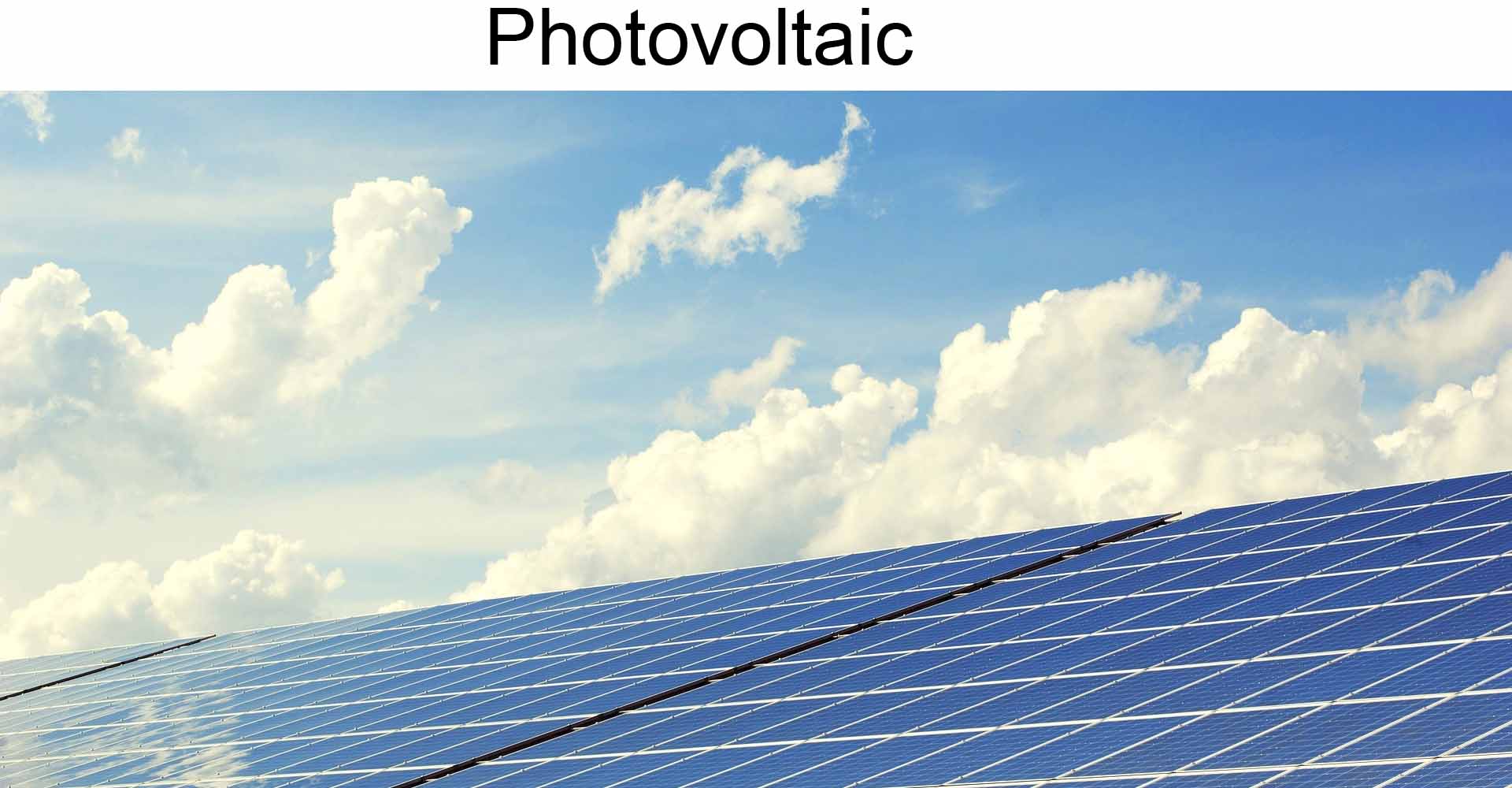


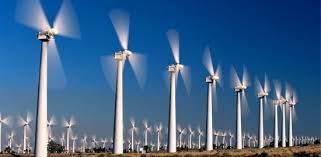
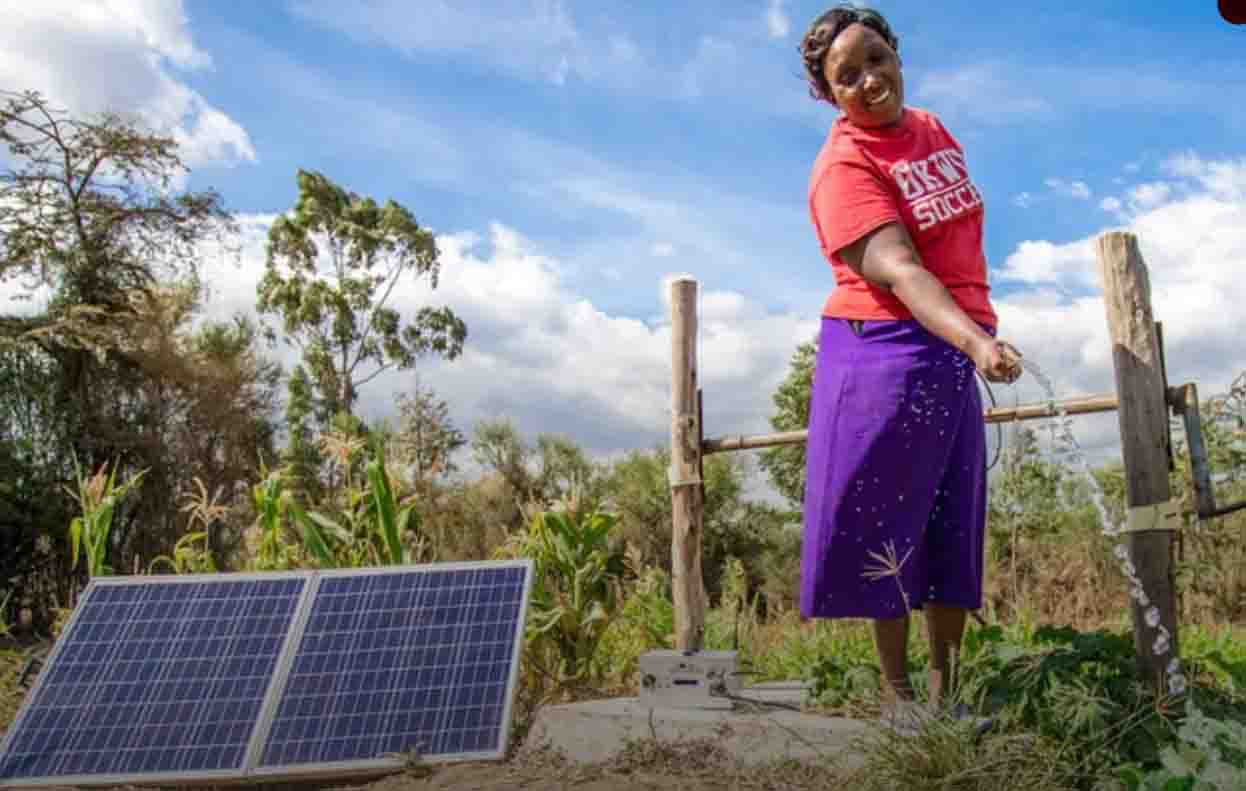

























































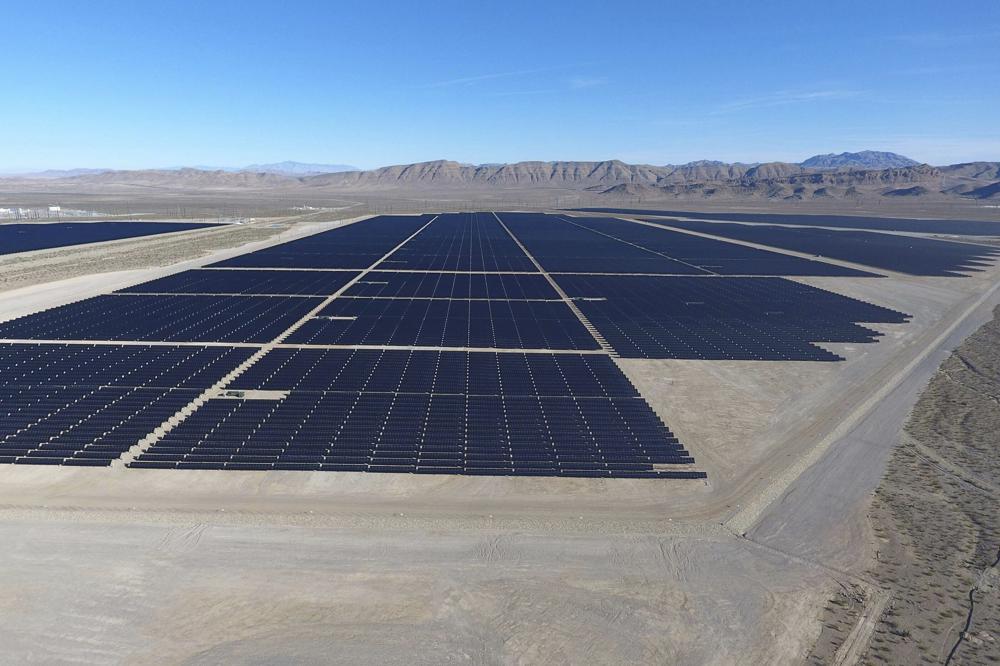
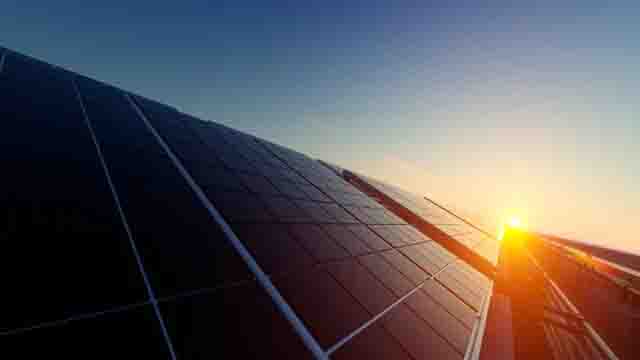
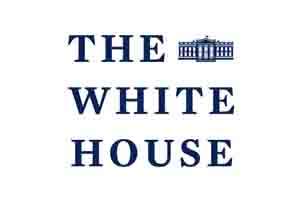
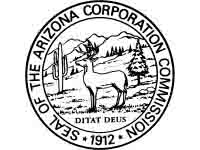

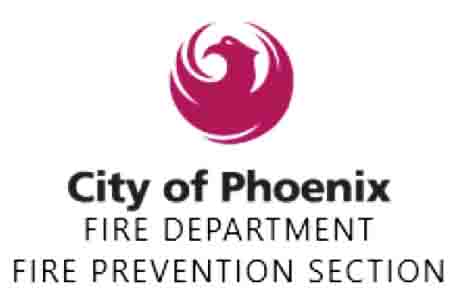

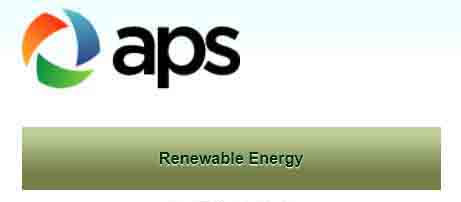
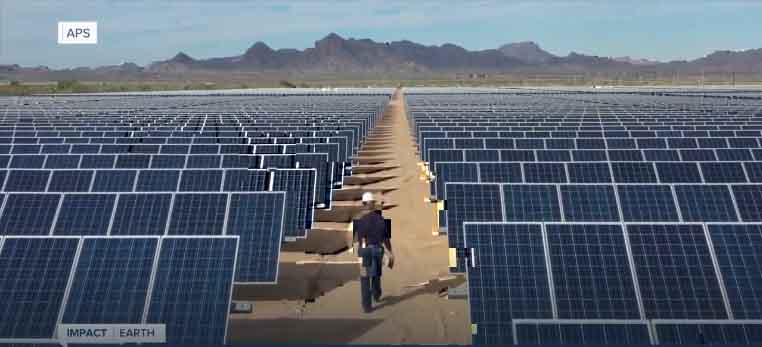 APS has several large photovoltaic (PV) systems in the desert outside Gila Bend, Arizona. They are now adding energy storage systems to some of these PV systems. There is a good article about these on ABC15.com
APS has several large photovoltaic (PV) systems in the desert outside Gila Bend, Arizona. They are now adding energy storage systems to some of these PV systems. There is a good article about these on ABC15.com
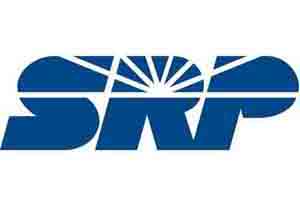
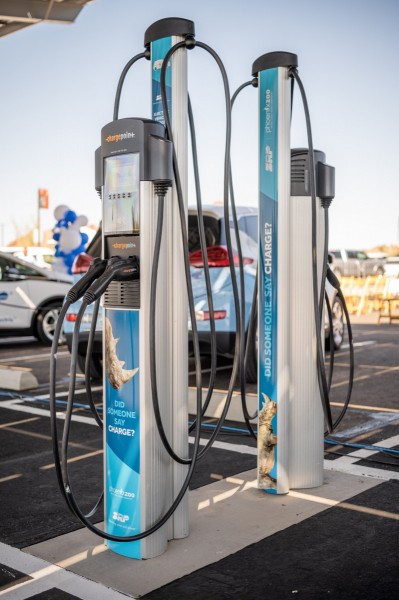
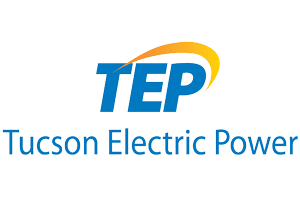
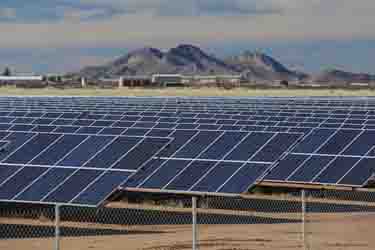
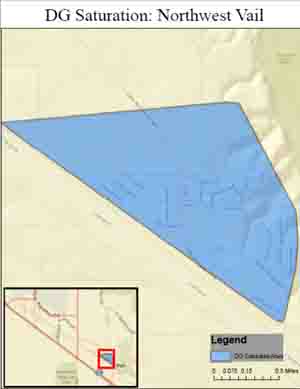

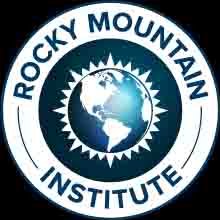 Battery Storage Costs Drop Dramatically, Making Way to a New Era. A recent Rocky Mountain Institute (RMI) report continues to confirm that clean electrification through batteries is advancing at impressive rates. Very interesting report: Breakthrough Batteries- Powering the Era of Clean Electrification
Battery Storage Costs Drop Dramatically, Making Way to a New Era. A recent Rocky Mountain Institute (RMI) report continues to confirm that clean electrification through batteries is advancing at impressive rates. Very interesting report: Breakthrough Batteries- Powering the Era of Clean Electrification 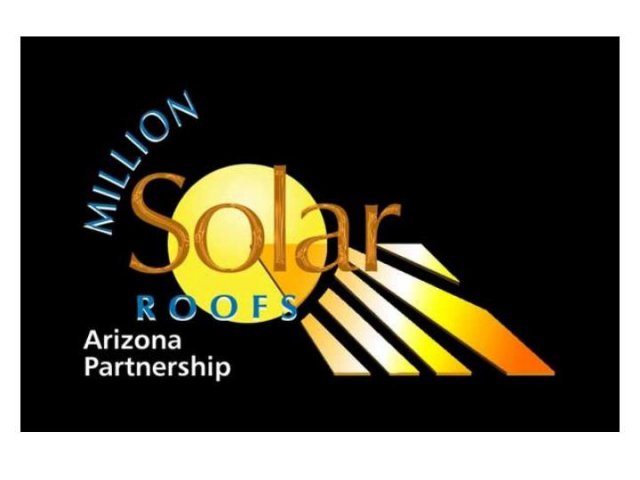
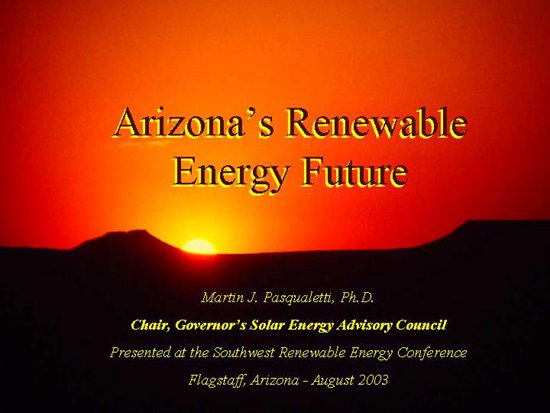
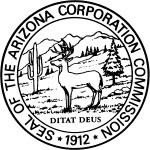

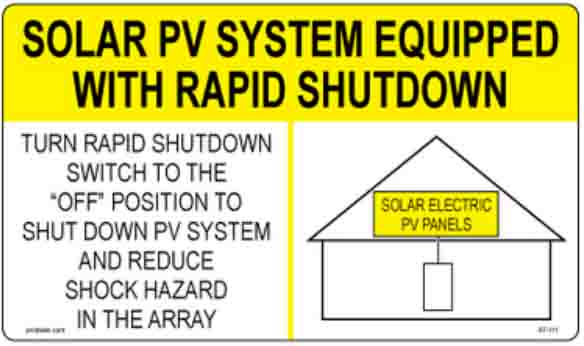
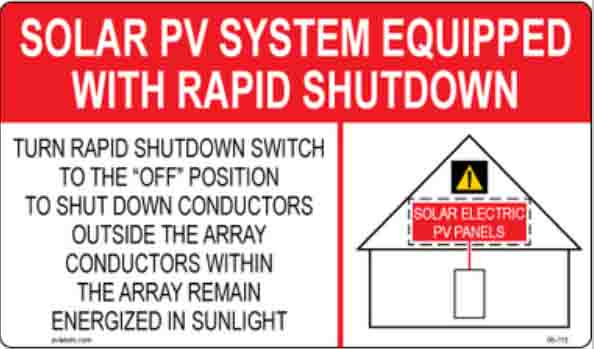
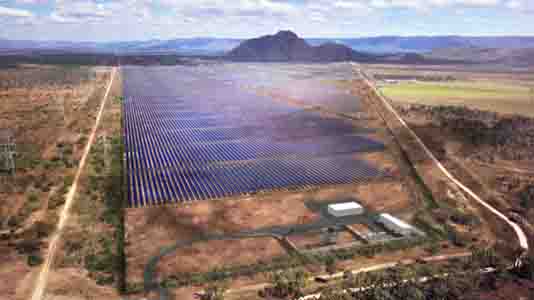
 Arizona Solar Center Mission- The mission of the Arizona Solar Center is to enhance the utilization of renewable energy, educate Arizona's residents on solar technology developments, support commerce and industry in the development of solar and other sustainable technologies and coordinate these efforts throughout the state of Arizona. About the Arizona Solar Center- The Arizona Solar Center (AzSC) provides a broad-based understanding of solar energy, especially as it pertains to Arizona. Registered
Arizona Solar Center Mission- The mission of the Arizona Solar Center is to enhance the utilization of renewable energy, educate Arizona's residents on solar technology developments, support commerce and industry in the development of solar and other sustainable technologies and coordinate these efforts throughout the state of Arizona. About the Arizona Solar Center- The Arizona Solar Center (AzSC) provides a broad-based understanding of solar energy, especially as it pertains to Arizona. Registered